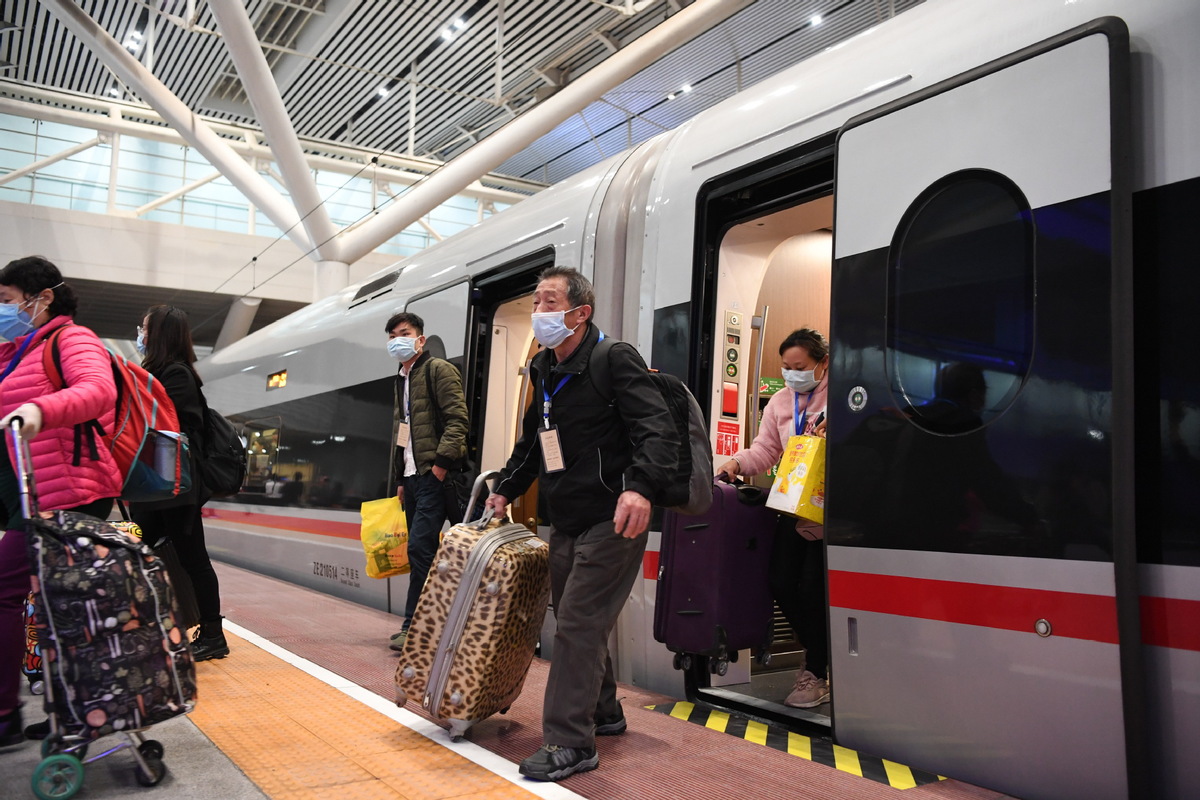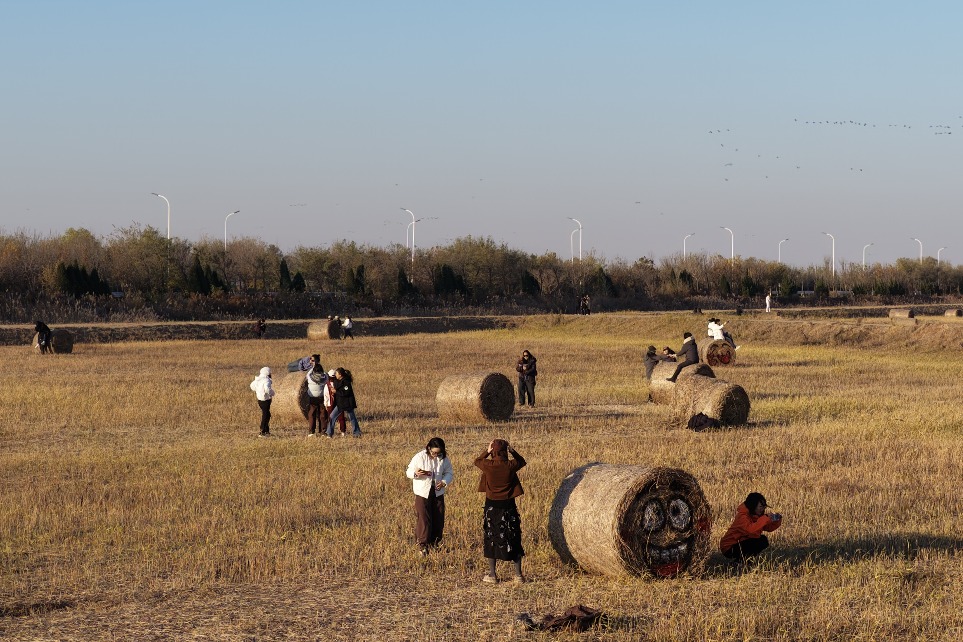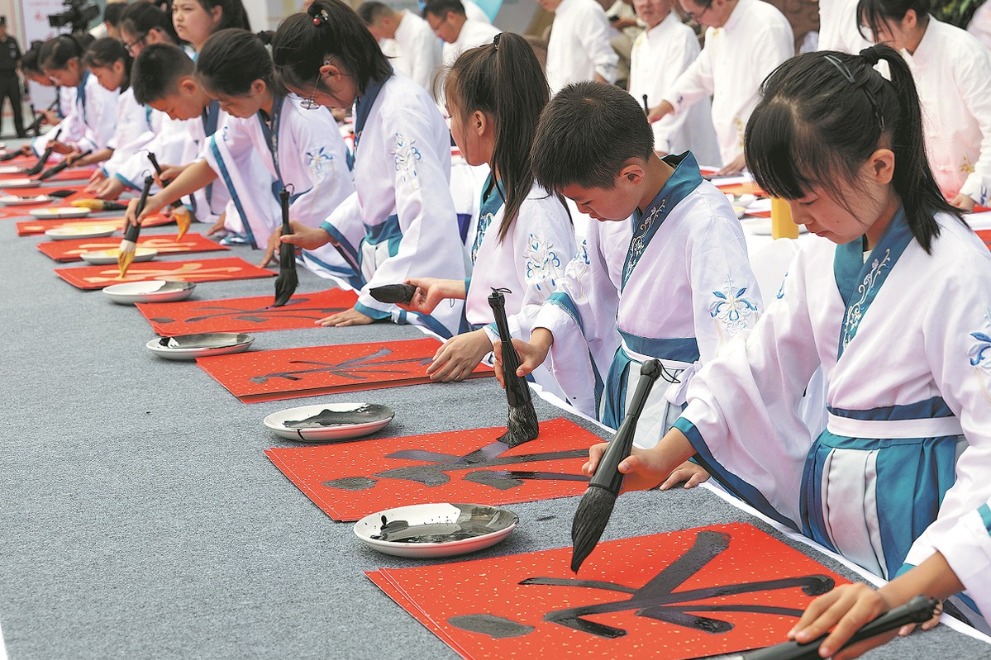Over 95% of migrant workers resume work
By Li Lei | chinadaily.com.cn | Updated: 2020-06-01 13:52

The number of rural workers finding jobs in urban areas nearly doubled in the past two months, authorities said, providing momentum to the sweeping effort to stamp out poverty in the country this year.
More than 26 million rural residents had arrived at workplaces, old or new, by the end of April, according to poverty relief authorities.
That meant 95.4 percent of migrant workers — up 43.4 percentage points from March 6 — had resumed work, based on the migrant worker population recorded last year, China's top poverty relief body, the State Council Leading Group Office of Poverty Alleviation and Development, said.
It said more workers from the 52 counties still labeled as poverty-stricken had found urban jobs, exceeding last year's total by almost 3 percent. Meanwhile, another two million people wanting to leave villages across the country to earn more money had yet to find jobs.
Migrant workers contribute two-thirds of many rural families' earnings, poverty relief officials said.
Widespread travel bans and production stoppages triggered by the novel coronavirus outbreak earlier this year left many migrant workers without income and threatened to push many rural residents into poverty.
To pull vulnerable families through the difficulties, the central authorities expanded the coverage of State benefits and other relief packages, and introduced programs to boost employment.
The authorities gave early approval to the reopening of "poverty relief factories and workshops", which employ a large percentage of impoverished migrant workers. China also devised a "point-to-point" transportation program to carry migrant workers back to jobs on chartered trains or buses to avoid infection risks during travel.
China has entered the last leg of its poverty elimination campaign and is determined to deliver the zero-poverty promise by the end of this year despite the blow the pandemic has dealt to the economy.
The central government has adopted a mix of monetary and infrastructure standards to track the campaign's progress. To escape absolute poverty, the rural poor first need to cross a per capita annual income threshold, first set in 2010, which the office said would reach 4,000 yuan ($564) this year.
In addition, rural families need to prove they have access to basic healthcare, secure housing, safe drinking water and no school-age children not attending school before their poverty label can be removed.
Office head Liu Yongfu told a news conference in Beijing in March that the annual per capita income of rural households still listed as living in poverty now exceeded 6,000 yuan but the label could not be removed because they failed to meet the additional requirements on access to social services and infrastructure.
To end poverty on schedule, the resumption of 81.84 percent of the more than 389,000 "poverty relief projects" scattered across 22 central and western provinces was approved by the end of April, up 49.77 percentage points from early March. The projects mainly target the provision of safe drinking water and housing.
Meanwhile, nine eastern provinces have bought farm products worth more than 4.8 billion yuan from impoverished areas since February as part of a broader effort to help western regions eliminate poverty through the promotion of rural specialties, the office said.
























